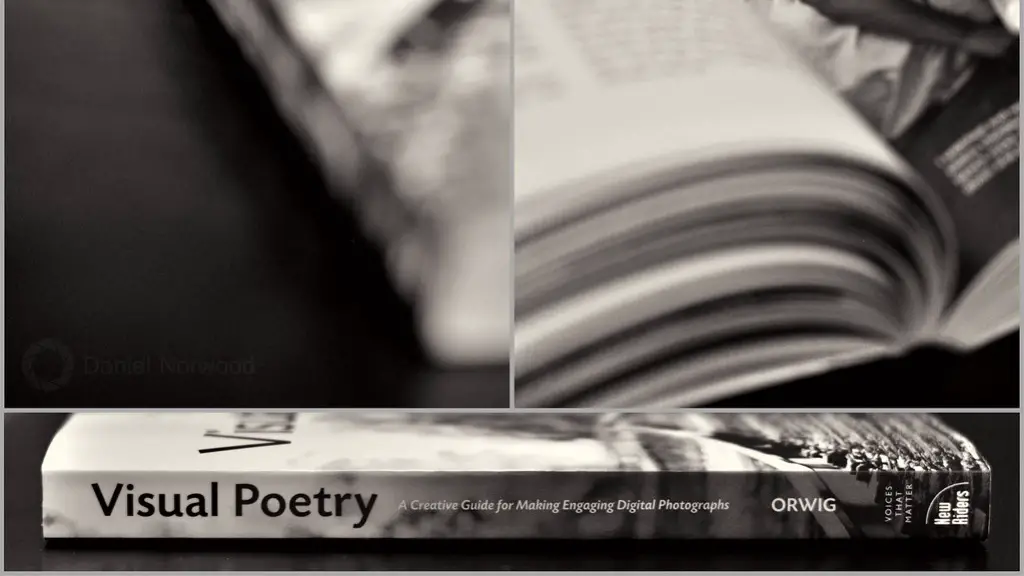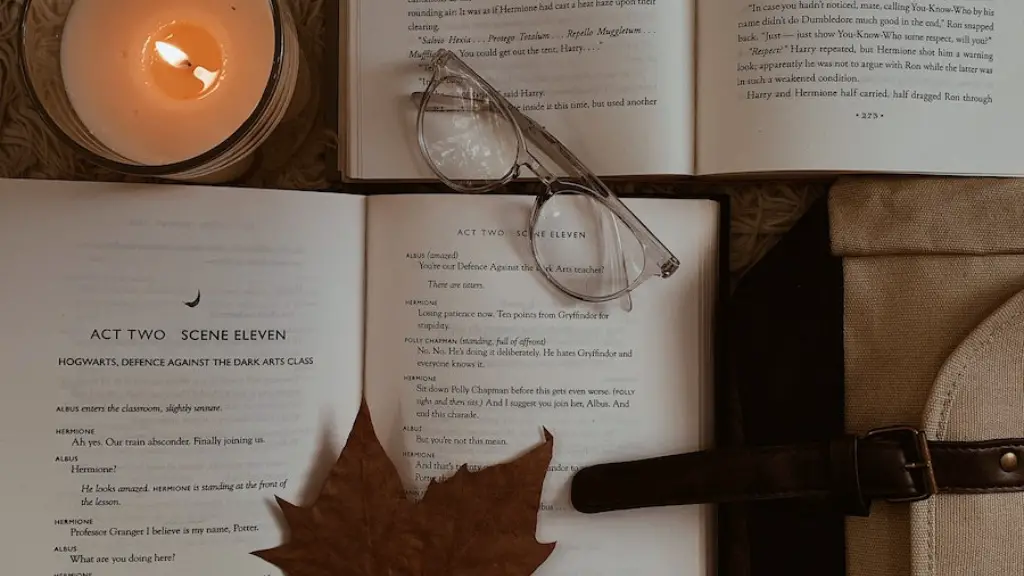Writing poetry has often been said to be an art form. One of the most important components of poetry is tone, as it is an important factor in how the poem is interpreted. Tone in poetry is how the poem is written with regards to its emotion and attitude, and it helps to establish the poem’s purpose and shape the reader’s experience of the work. Poets use tone to create a specific atmosphere or evoke a certain emotion from the reader. In this article, we will explore what tone is in poetry, and how poets use it to add depth and complexity to their poems.
In poetry, tone is the attitude or emotion that is portrayed in the words that the poet chooses to use. Tone can be both positive and negative, and it is often used as a way of conveying the writer’s attitude towards a particular topic. Tone can also be used to create a desired mood or feeling, such as creating a sense of urgency, sorrow, peace, or joy. For example, a poet might use closer diction to express a sense of urgency and tension while speaking of a certain subject matter. Tone is the key to make a poem meaningful, to give it spirit and life, to make the reader feel what the poet is attempting to convey in the poem.
Tone in poetry is created through the selection of words and the use of specific diction, which is the selection of words based on the connotations and denotations they convey. Poets use connotation, which are the implied meanings of words beyond their literal definitions, to paint a picture of their tone in a poem. For example, a poet might use the word ‘summer’ to evoke a feeling of warmth and relaxation, or ‘winter’ to create a sense of coldness or sadness. The poet might also use imagery, metaphors, or similes to create a specific tone or atmosphere.
Tone in poetry is also created through the poet’s use of rhythm, rhyme, and alliteration. Rhythm is the pattern of stressed and unstressed syllables in a poem and creates a beat that helps convey the tone. Rhyme is the repetition of similar sounding words at the end of lines to create a particular effect on the reader, while alliteration is the repetition of the same sound at the beginning of two or more words in a line.
In order to create a strong tone in poetry, poets must create a clear, distinct voice in their work. A poet’s voice is often their unique interpretation of the world, their emotional and intellectual self, and how they view the subject matter. By creating a strong voice, poets can effectively evoke a certain emotion in their readers. Voice is formed through the poet’s language choices and the use of different writing styles and conventions. For example, a poet might use lyicalism or free verse to create a more emotional or intimate connection with the reader.
In conclusion, tone is an important part of writing poetry and is used by poets to create a desired atmosphere or feeling. Tone is created through the selection of words, diction, imagery, rhythm, rhyme, and alliteration. Tone is also heavily influenced by the poet’s individual voice. Poets use tone to add depth and complexity to their poems, and to evoke a certain emotion in their readers.
Exploring Tone and Voice in Poetry
Purposeful tone and voice are two essential elements in any poem. Tone is the emotional undertone of the poet’s words and the feelings they’re trying to convey in their piece. Voice is the expression of the poet’s ideas and beliefs in the form of the poem. Combining the two of these elements creates a power that allows the reader to connect with the piece on a deeper level.
The purpose of tone and voice in poetry is to engage the reader and create an emotional reaction. It allows the reader to experience the poem through the poet’s eyes and be moved by the work. Poets use these elements to bring the poem to life and create an image in the reader’s mind. Tone and voice in a poem creates a unique style that stands out and is memorable.
The way a poet expresses tone and voice in their poem can vary depending on the subject matter. For example, a poet writing about a sad situation may use a sorrowful tone and a soft voice, while a poet writing about a happy occasion may use a cheerful tone and a lively voice. Poets also use varying tones and voices to represent different perspectives or experiences. For example, a poet may use a hopeful tone and voice to represent the experience of those affected by a tragedy.
Tone and voice in poetry can be subtle and elusive at times, which makes the process of “reading between the lines” all the more important. By carefully analyzing the poet’s words and paying special attention to the imagery and figurative language used, readers can often find deeper meanings and decipher the tone and voice behind the lines. This is especially true for poetry with multiple interpretations; careful examination of the words can help readers discover which interpretations are more true to the poet’s intentions.
Using Tone to Unite Reader and Poet
Tone in poetry is a powerful tool in allowing the reader to connect with the poem on a deeper level. It allows the poet to draw the reader into the poem and evoke strong emotions in them. Poets use tone to create a bond between themselves and the reader, and to unify the poem’s message.
Tone can be used to create a sense of urgency and emotion in a poem, which can help keep readers engaged and immersed in the message. Poets can use tone to convey the struggles and joys of life, and to evoke a sense of understanding and empathy from readers. Tone can also be used to create an atmosphere of peace and serenity, which can be a welcome respite from the hustle and bustle of life.
The importance of finding the right tone for a poem cannot be overstated. Its power lies in its ability to draw the reader in and to allow them to become part of the poem. A poet must carefully select the words they use and carefully choose the feelings they want to evoke in order to achieve the desired effect. Tone is an integral part of any poem, and is essential in creating a strong and unified message.
The Subtleties of Tone in Poetry
The subtleties of tone in poetry can often be overlooked. Subtle changes in tone can often be the difference between a poem being merely good, and a poem being truly great. By paying attention to the minor changes in feelings and atmosphere that certain words evoke, poets can create a unified and powerful tone in their poem.
The subtleties of tone can also be used to create a greater level of depth in a poem. By changing the emphasis and intensity of certain words or by adding a minor change in tempo or pacing, a poet can add a new layer to their poem and craft a more nuanced piece. This can help readers gain a deeper understanding of the poem and provide them with a more complete experience.
The subtleties of tone in a poem can often be hard to pinpoint. Poets must carefully consider their word choice, imagery, and other elements when choosing a tone for their poem. Subtle changes can make all the difference in a poem’s ability to evoke emotion and move the reader. Poets must strive to craft a persuasive and powerful tone in order to communicate their message effectively.
Conclusion and Implications
Tone plays a key role in poetry and is essential in creating an emotional response in the reader. By carefully selecting the right words and using imagery and figurative language, poets can create a strong and powerful tone in their works. Tone is also heavily influenced by the poet’s individual voice and can help to create a greater level of depth in their poem. Poets must be aware of the subtle changes in tone that can make all the difference in their work.
The study of tone in poetry can help poets to improve their craft, as well as help readers to gain a better understanding of the poet’s message and intentions. By carefully analyzing the tone of poems, readers can uncover greater insight into the poet’s ideas, feelings, and beliefs. Tone is an essential element of crafting a great poem and should be given the attention it deserves.




